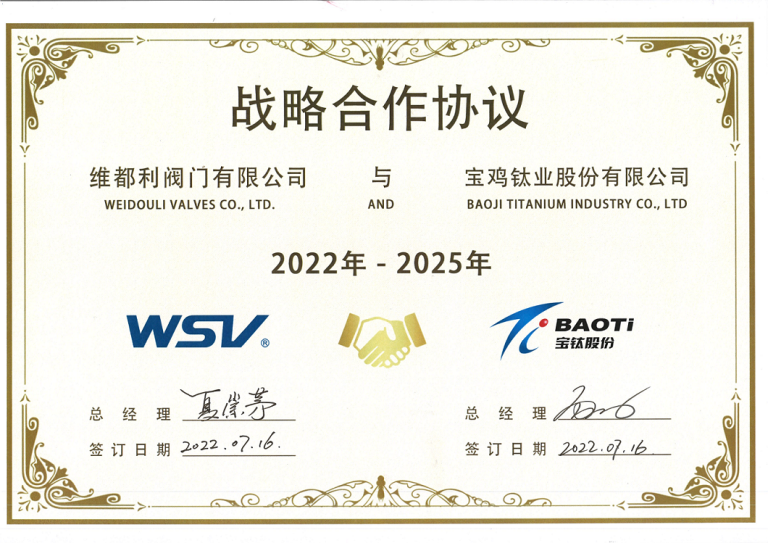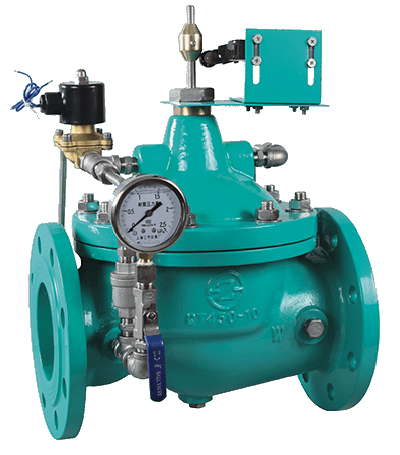Piping Codes and Valve Standards
bray series 31 butterfly valve
plug valve vs butterfly valve
barton 450c
5″ butterfly valve
Companies and valve users must understand individual piping standards with all the intended uses of valves. This article provides an overview of the code (it does not necessarily cover the detailed requirements of any particular service).
THE CODES
Commonly used piping codes for pipe fittings (except for water supply) are ASME B31.1 for Power Piping 2014, ASME B31.3 for Process Piping 2014, ASME B31.4 for Liquid and Slurry Pipe transportation systems 2012 and ASME B31 .8 for Natural gas transmission and distribution piping systems 2014.
In each of these codes, the valves are listed in the table. In this case, apart from valve standards (such as API 6D, ASME B16.34, etc.), there are usually no other requirements for valve manufacturers and suppliers. Some exceptional cases, such as Class M in B31.3, are not covered in this overview.
Another question is what happens if a valve not listed is required. These conditions vary depending on the channel code and should be considered on a case-by-case basis.
ASME B31.1
ASME code B31.1 lists three-valve standards, except for cast iron and bronze valves. Standards:
- ASME B16.34, valve: flange, thread and weld end
- MSS SP67- Butterfly valves
- MSS SP68 high-pressure butterfly valve with offset design
As stated in paragraph 107.1 of B31.1: “Valves that do not comply with the above [the list] should adopt the same design or construction recommended by the manufacturer to operate in accordance with this paragraph. 102.2.2. These valves must be pressure tested in accordance with MSS SP61. “
This makes it the responsibility of valve manufacturers to recommend repair designs and exacerbate problems when supplying valves through the distribution network. The valve manufacturer rarely knows the actual service because the manufacturer is not responsible for the piping system. It is essential that the piping system designer clearly understands what will be provided if the valve is not listed. This is especially important for pressure/temperature values. The piping designer should always check the operational suitability of the valve.
ASME B31.3
The ASME B31.3 code lists four-valve standards, which also excludes cast iron and bronze valves. Standards:
- ASME B16.34, valves-flanged, threaded and welded
- MSS SP72-flanged or welded ball valves for general services
- API 608-with flanges, threads and butt-welded ends Metal ball valve
- API 6D: Pipeline and Piping Valve Specification
API 6D has been added to the 2014 revision of the code because the valve design complies with ASME B16.34. (So it didn’t add anything to the 2012 output list).
The unlisted valve can only be used under section 302.2.3. If the pressure/temperature is not determined using the method described in ASME B16.34, the design pressure is calculated according to CS 304.7.2.
In the 2014 edition of ASME B31.3, the designer must ensure that the composition, mechanical properties, manufacturing process and structure are suitable for the expected operating conditions. The pressure/temperature value must be set according to the rules in paragraph 304. The transition from the 2012 version to the 2014 version puts the designer in charge. This is because the 2012 version stipulates that the pressure calculation needs to be checked by section 304 of the specification; however, the latest version states that the designer needs to ensure that the design is suitable for the expected service. The situation is similar to B31.1 because the manufacturer rarely knows about the service.
ASME B31.4
ASME B31.4 lists eight-valve standards, which also excludes cast iron and bronze valves. These valve standards are broader than previous codes and include:
- ASME B16.34, Threaded, Valves–Flanged, and Welding End
- MSS SP68–High-Pressure Butterfly Valves with Offset Design
- MSS SP72–Ball Valves with Flanged or Butt-Welding Ends for General Service
- API 600–Steel Gate Valves-Flanged and Butt-Welding Ends, Bolted Bonnets, Twelfth Edition
- API 602–Steel Gate, Globe and Check Valves for Sizes DN 100 and Smaller for the Petroleum and Natural Gas Industries
- API 603–Corrosion-resistant, Bolted Bonnet Gate Valves-Flanged and Butt-Welding Ends
- API 6D–Specification for Pipeline and Piping Valves
- API 6A–Specification for Wellhead and Christmas Tree Equipment
This code allows special valves not listed; as long as the valve design has at least the same strength and tightness, the valve can withstand the exact test requirements as the above standards. The structural valve features comply with the material specifications and test methods for similar purpose valves specified in the standard. These requirements are more stringent than previous regulations and require designers to manufacture valves with the same strength and tightness.
ASME B31.8
The ASME B31.8 code lists five-valve standards, omitting cast iron and thermoplastic valves. These standards are
- ASME B16.33–Manually Operated Metallic Gas Valves for Use in Gas pipeline Systems up to 175 psi (Sizes NPS1/2 Through NPS 2);
- ASME B16.34 Valves–Flanged, Threaded and Welding End;
- ASME B16.38–Large Metallic Control Valves for Gas Distribution: Manually Operated, NPS 21 .2 (DN 65) to NPS 12 (DN 300), 125 psi (8.6 bar) Maximum;
- API 6D–Specification for Pipeline and Piping Valves;
- API 6A–Specification for Wellhead and Christmas Tree Equipment.
ASME B31.8 does not include valves that are not listed. It says: “Valves must comply with the standards and specifications listed in this specification, and can only be used following the manufacturer’s service recommendations.” This means that for code 31.8, only the valves listed can be used.
CONCLUSION
The general standard for valves is ASME B16.34. Although the standard has several positive aspects, it is not an actual design code, such as ASME BPVC Section VIII, which considers material strength, corrosion resistance, and irregular shape formulas. Therefore, the design must be checked according to the pressure vessel code.
Although piping codes compliance is required in almost all cases, compliance with national and state laws is essential. In the United States, state oil and gas transportation regulations have added restrictions on valve standards in pipeline codes. The United States Federal Transportation of Natural and Other Gas by Pipeline codes in section 49 CFR 192.145 stipulates:
“Except for cast iron and plastic valves, each valve must meet the minimum requirements of API 6D (incorporated by reference, see §192.7), or to a national or international standard that provides an equivalent performance level. A valve may not be used under operating conditions that exceed the applicable pressure-temperature ratings contained in those requirements.”
This federal regulation enforces API 6D minimum piping requirements according to ASME B31.8, which takes precedence over specific listed valve standards; for others, in addition to the requirements of these standards, it also adds essential additional features and testing. (For example, ASME B16.34).
At the same time, 49 CFR 195.116 in the United States “Federal codes for the Transport of Hazardous Liquids Through Pipelines” stipulates that each valve installed in the pipeline system must meet the following requirements:
- The valve must be of high technical quality.
- The materials that bear internal pressure in the piping system, including weld and flange ends, must be compatible with the pipes or fittings connected to the valve.
- Any part of the valve that comes into contact with carbon dioxide or dangerous liquid streams must be made of materials that can bear carbon dioxide or any dangerous liquid that may flow through the piping system.
- Each valve must undergo a hydrostatically shell test and hydrostatically seat test at least in accordance with API 6D section 11 (incorporated by reference, see §195.3).
- Although the Federal Hazardous Fluids Code does not meet all API 6D guidelines, it meets the standard’s testing requirements for pipes designed according to ASME B31.4. The main difference from the other codes listed is that the test duration is longer. And the metal seat valve allows a higher leakage rate because the code is mainly designed for larger valves.
Other regulatory agencies, such as the US Coast Guard and the Occupational Safety and Health Administration, have not imposed additional requirements other than pipeline regulations.
Therefore, for ASME transportation codes B31.4 and B31.8, when the valve is intended for use in the United States, a reasonable valve manufacturer must ensure that the design, manufacturing, and component testing cover ASME B16.34 and API 6D. For ASME codes B31.1 and B31.3, if the valve is not listed in the table, the pipeline designer must check the operational suitability of the valve or clearly inform the manufacturer of the operating conditions.

